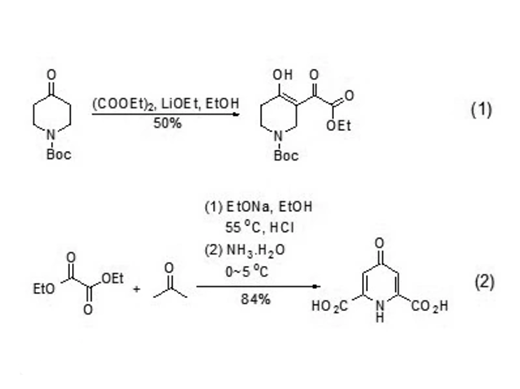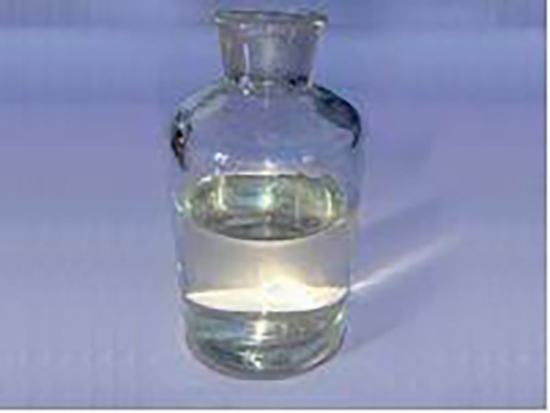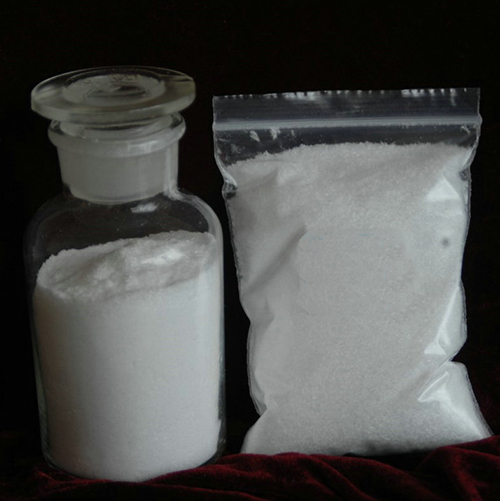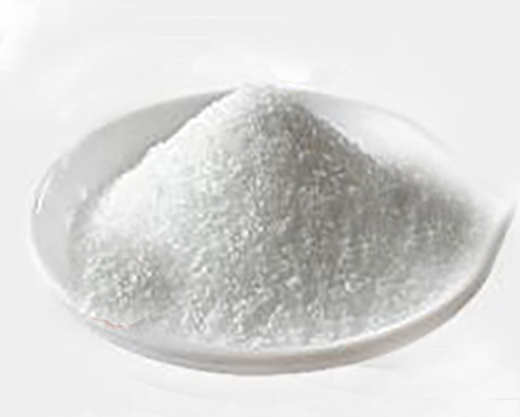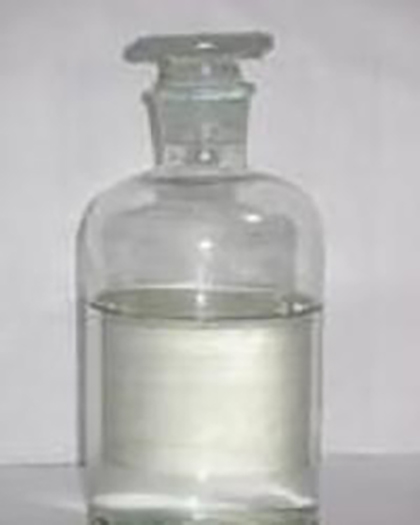Active Pharmaceutical Ingredients (API), popularly speaking, are the raw materials of medicines, only pharmaceutical raw materials are processed into pharmaceutical preparations , can they become medicines available for clinical use, so drugs we usually eat are the finished drugs through processing. Active Pharmaceutical Ingredients based on its sources can be divided into two major categories ,including chemical synthetic drugs and natural chemical drugs. Chemical synthetic drugs can be divided into organic synthetic drugs and inorganic synthetic drugs. Inorganic synthetic drugs are inorganic compounds ( very few is element), such as aluminum hydroxide, magnesium trisilicate which are used for the treatment of gastric and duodenal ulcers ; organic synthetic drugs are mainly composed of drugs made by basic organic chemical raw materials, through a series of organic chemical reactions (such as aspirin, chloramphenicol, caffeine, etc.). Natural chemical drugs ,based on its sources,can be divided into two categories including biochemical drugs and plant chemical drugs. Antibiotics are generally made by the microbial fermentation, which belongs to the biochemistry category. A variety of semi-synthetic antibiotics occurs in recent years,which are biosynthesis and chemical synthesis combining products.Among active Pharmaceutical Ingredients, the organic synthetic drugs varieties, yields and values have the largest proportion,which are the main pillars of the chemical and pharmaceutical industries. The quality of active Pharmaceutical Ingredients decides whether the formulation is good or bad , so its quality standards are very strict ,countries in the world have developed national pharmacopoeia standards and strict quality control methods for its widely used active Pharmaceutical ingredients.
the synthesis of diethyl oxalate
Diethyl oxalate is an organic compound with molecular formula C6H10O4. Colorless oily liquid with aromatic smell
Apr 15,2022 APIThe toxicology of glutaraldehyde
Glutaraldehyde, with the molecular formula of C5H8O2, is an organic compound. It is a colorless and transparent oily liquid with pungent smell.
Apr 15,2022 APIReaction of artemisinin with other substances
Artemisinin is an organic compound with molecular formula of C15H22O5 and relative molecular weight of 282.34.
Apr 15,2022 APIThe synthesis and metabolism of
Taurine is a sulfur-containing amino acid with simple structure in animals. Its chemical name is 2-aminoethanesulfonic acid.
Apr 15,2022 APIThe unique characteristics of biphenyl
Biphenyl is an organic compound with chemical formula of C12H10. It is a white crystalline powder, insoluble in water.
Apr 15,2022 APIWhat is Zalcitabine?
The synthetic pyrimidine nucleoside analog zalcitabine (2u,3u-dideoxycytidine, also known as ddC) was the third antiretroviral agent to be approved in the USA, and Europe for the treatment of HIV infe
Apr 14,2022 APITreatment of HIV infection---Didanosine
Didanosine (2u,3u-dideoxyinosine, ddI) is a synthetic purine nucleoside analog that is active against HIV-1 and HIV-2, including strains of HIV that are resistant to zidovudine and lamivudine.
Apr 14,2022 APIAdverse effects of Rapamycin
Rapamycin, also known as Sirolimus and sold under the brand name Rapamune among others, is a macrolide compound that is used to coat coronary stents, prevent organ transplant rejection, treat a rare l
Apr 14,2022 APIWhat is Idoxuridine?
Idoxuridine is an analog of the pyrimidine nucleoside thymidine. It was synthesized in 1959 by William Prusoff as a possible anti-tumor agent and was later shown to inhibit replication of herpes simpl
Apr 13,2022 APIDifferent applications of triethylene glycol
Triethylene glycol, also known as triethylene glycol and diethylene glycol, CAS No. 112-27-6, is a colorless viscous liquid with water absorption.
Apr 13,2022 API



